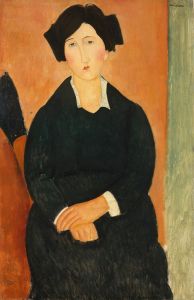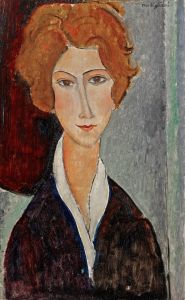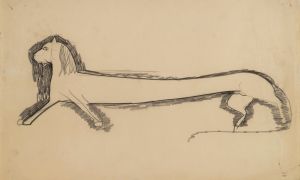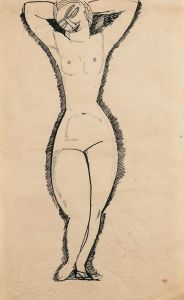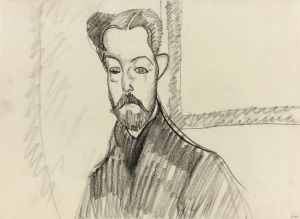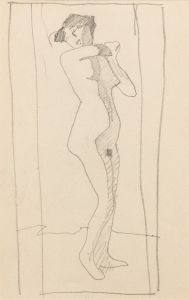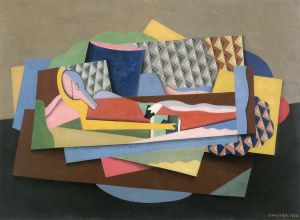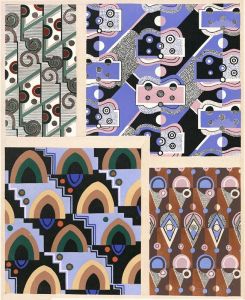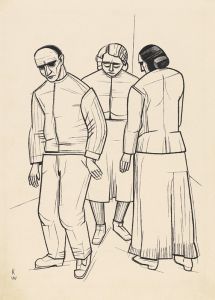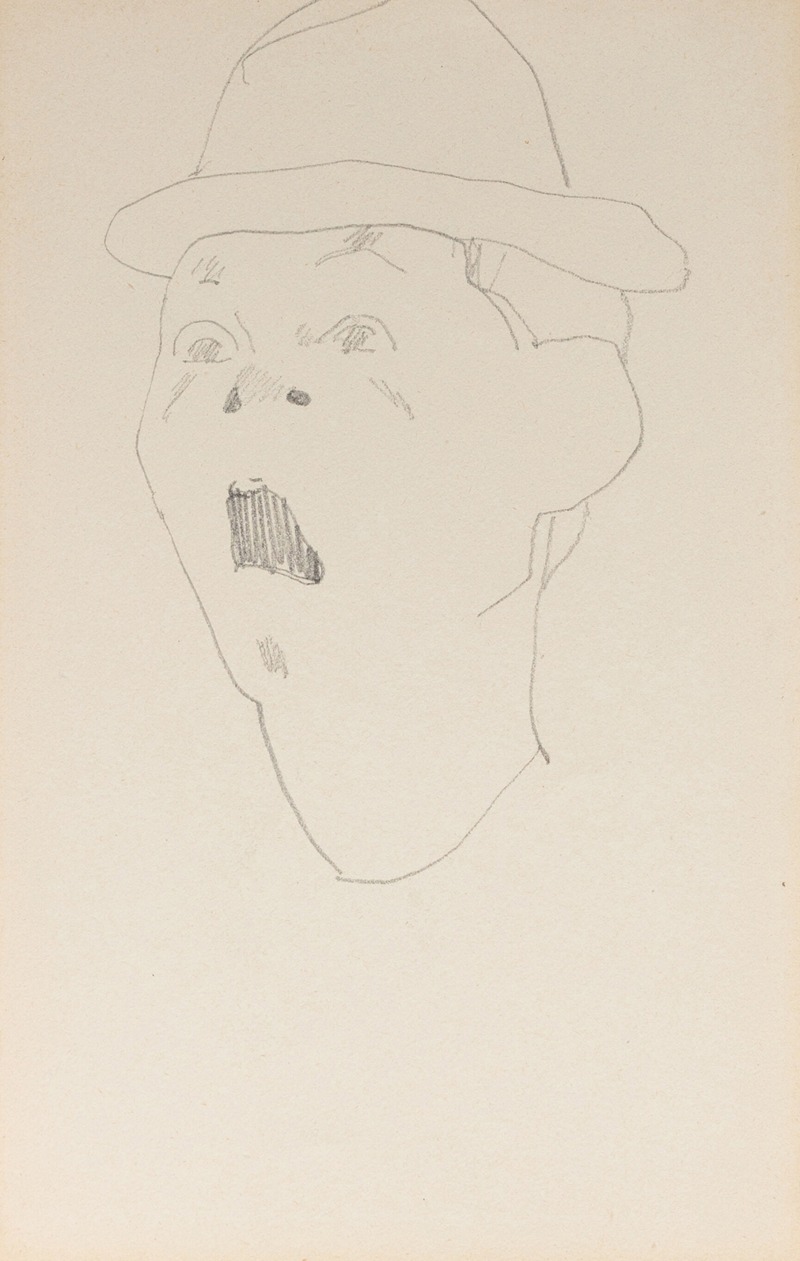
Tête de clown ébahi
A hand-painted replica of Amedeo Modigliani’s masterpiece Tête de clown ébahi, meticulously crafted by professional artists to capture the true essence of the original. Each piece is created with museum-quality canvas and rare mineral pigments, carefully painted by experienced artists with delicate brushstrokes and rich, layered colors to perfectly recreate the texture of the original artwork. Unlike machine-printed reproductions, this hand-painted version brings the painting to life, infused with the artist’s emotions and skill in every stroke. Whether for personal collection or home decoration, it instantly elevates the artistic atmosphere of any space.
Amedeo Modigliani, an Italian painter and sculptor, is renowned for his distinctive style characterized by elongated forms and mask-like faces. His work "Tête de clown ébahi" is one of the many pieces that reflect his unique approach to portraiture and figure painting. Modigliani's career, though tragically short, left a significant impact on the art world, and his works continue to be celebrated for their emotional depth and stylistic innovation.
"Tête de clown ébahi," which translates to "Head of an Astonished Clown," is a painting that exemplifies Modigliani's fascination with the human form and expression. The title suggests a focus on capturing a moment of surprise or astonishment, a theme that resonates with Modigliani's interest in the psychological depth of his subjects. This painting, like many of Modigliani's works, features the elongated neck and face, a hallmark of his style that draws inspiration from African masks and sculptures, which were popular among avant-garde artists in Paris during the early 20th century.
Modigliani's technique often involved the use of simple, yet elegant lines to convey the essence of his subjects. In "Tête de clown ébahi," this approach is evident in the way the features are stylized yet expressive, capturing a sense of individuality and emotion. The use of color in Modigliani's work is typically subdued, focusing more on form and line, which allows the viewer to engage more deeply with the subject's expression.
The context of Modigliani's work is crucial to understanding its significance. He was part of the vibrant artistic community in Montparnasse, Paris, during the early 1900s, a period marked by experimentation and the breaking of traditional artistic boundaries. Modigliani, although influenced by his contemporaries, developed a style that was distinctly his own, setting him apart from other artists of his time. His work did not gain significant recognition until after his death, but today, Modigliani is celebrated as one of the leading figures of modern art.
The painting "Tête de clown ébahi" is a testament to Modigliani's ability to blend traditional portraiture with modernist abstraction. His focus on the emotional and psychological aspects of his subjects offers a window into the human condition, making his work timeless and universally relatable. The painting is part of the broader narrative of Modigliani's exploration of identity and expression, themes that are prevalent throughout his oeuvre.
While specific details about the creation and provenance of "Tête de clown ébahi" may not be extensively documented, the painting remains an important piece within Modigliani's body of work. It reflects his enduring interest in capturing the essence of his subjects through a unique blend of realism and abstraction. Modigliani's legacy is one of innovation and emotional depth, and "Tête de clown ébahi" is a fine example of the qualities that have made his work resonate with audiences around the world.
In summary, Amedeo Modigliani's "Tête de clown ébahi" is a significant work that showcases the artist's distinctive style and his ability to convey complex emotions through simplified forms. It stands as a testament to his contribution to modern art and his enduring influence on subsequent generations of artists.





